Mohan Dodda
Human-in-the-loop Abstractive Dialogue Summarization
Dec 19, 2022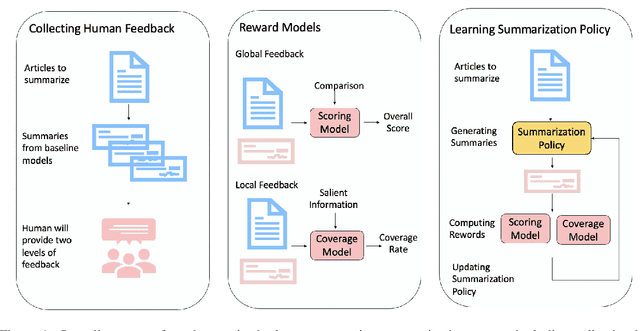


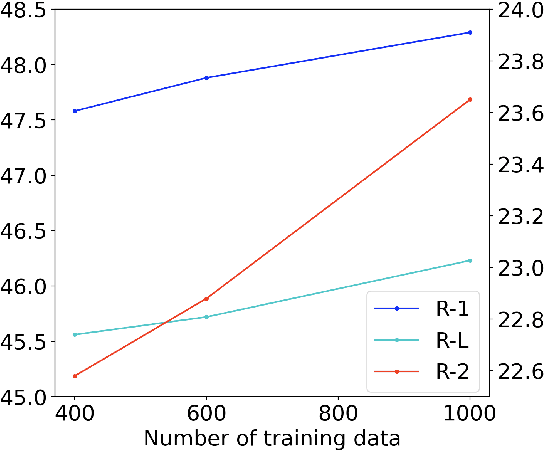
Abstract:Abstractive dialogue summarization has received increasing attention recently. Despite the fact that most of the current dialogue summarization systems are trained to maximize the likelihood of human-written summaries and have achieved significant results, there is still a huge gap in generating high-quality summaries as determined by humans, such as coherence and faithfulness, partly due to the misalignment in maximizing a single human-written summary. To this end, we propose to incorporate different levels of human feedback into the training process. This will enable us to guide the models to capture the behaviors humans care about for summaries. Specifically, we ask humans to highlight the salient information to be included in summaries to provide the local feedback , and to make overall comparisons among summaries in terms of coherence, accuracy, coverage, concise and overall quality, as the global feedback. We then combine both local and global feedback to fine-tune the dialog summarization policy with Reinforcement Learning. Experiments conducted on multiple datasets demonstrate the effectiveness and generalization of our methods over the state-of-the-art supervised baselines, especially in terms of human judgments.
Concurrent Neural Tree and Data Preprocessing AutoML for Image Classification
May 25, 2022
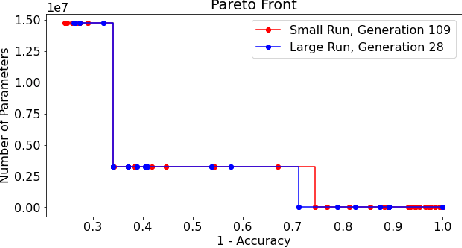
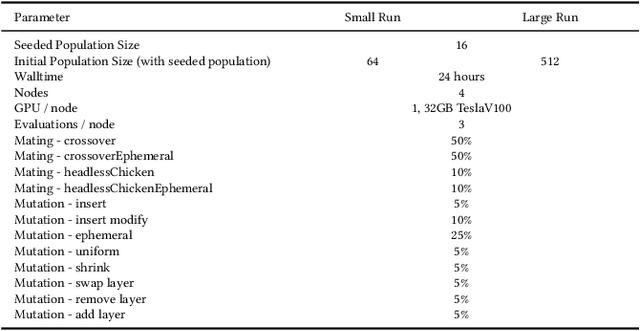
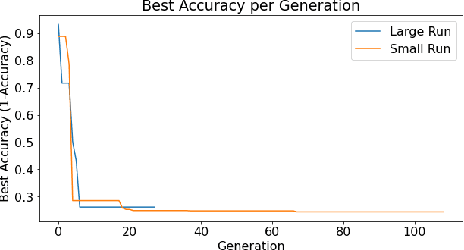
Abstract:Deep Neural Networks (DNN's) are a widely-used solution for a variety of machine learning problems. However, it is often necessary to invest a significant amount of a data scientist's time to pre-process input data, test different neural network architectures, and tune hyper-parameters for optimal performance. Automated machine learning (autoML) methods automatically search the architecture and hyper-parameter space for optimal neural networks. However, current state-of-the-art (SOTA) methods do not include traditional methods for manipulating input data as part of the algorithmic search space. We adapt the Evolutionary Multi-objective Algorithm Design Engine (EMADE), a multi-objective evolutionary search framework for traditional machine learning methods, to perform neural architecture search. We also integrate EMADE's signal processing and image processing primitives. These primitives allow EMADE to manipulate input data before ingestion into the simultaneously evolved DNN. We show that including these methods as part of the search space shows potential to provide benefits to performance on the CIFAR-10 image classification benchmark dataset.
 Add to Chrome
Add to Chrome Add to Firefox
Add to Firefox Add to Edge
Add to Edge